BUS 660 Topic 7 Assignment; Benchmark - Data Analysis Case Study
- $20.00
Content Preview
Introduction
OEI leases automatic mailing machines to business customers in Fort Wayne, Indiana, and provides timely maintenance and repair service. OEI aims to expand its business to 20 and then 30 customers in the next 1 and 2 years, respectively. OEI is interested in meeting the average 3-hour waiting time guarantee at the lowest possible total cost. To make a final decision on the number of technicians to be used when OEI reaches 20 and then 30 customers, a waiting line model is used to analyze OEI's service capabilities (Anderson et al., 2016).
Customer Arrival Rate and Customer Service Rate
The statistical analysis of historical service records indicates that a customer requests a service call at an average rate of one call per 50 hours of operation. Therefore, the arrival rate for each customer is 1/50 = 0.02 calls per hour. Since OEI has 10 customers, the total arrival rate is 0.02 x 10 = 0.2 calls per hour.
If the service technician is available when a customer calls for service, it takes the technician an average of 1 hour of travel time to reach the customer’s office and an average of1.5 hours to complete the repair service. Therefore, the service rate in terms of the number of customers per hour is 1/ (1+1.5) = 0.4 customers per hour. However, if the service technician is busy with another customer when a new customer calls for service, the technician completes the current service call and any other waiting service calls before responding to the new service call. In such cases, after the technician is free from all existing service commitments, the technician takes an average of 1 hour of travel time to reach the new customer’s office and an average of1.5 hours to complete the repair service. Therefore, the service rate for a busy technician is 1/(1+1.5+1+1.5) = 0.25 customers per hour (Chase et al., 2021).
Determination of Total Customer Waiting Time
Waiting line models generally assume that the arriving customers are in the same location as the service facility. However, in the case of OEI, a service technician travels an average of 1hour to reach each customer. The travel time and the waiting time predicted by the waiting line model should be combined to determine the total customer waiting time (Anderson et al., 2016).
The total customer waiting time is the sum of the waiting time and the travel time. The waiting time is the time a customer spends waiting in the queue for the service technician to arrive, and the travel time is the time the service technician spends traveling to the customer’s location. The total customer waiting time can be reduced by reducing the travel time or by reducing the waiting time……..Continue
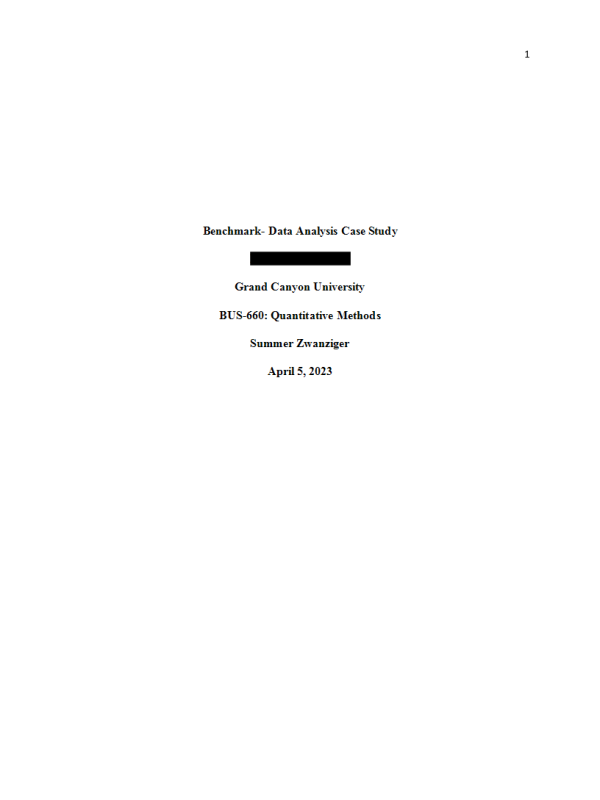
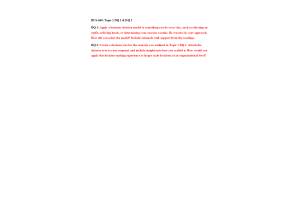
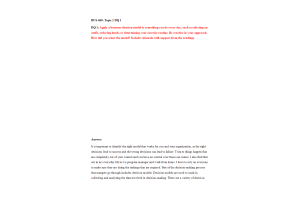
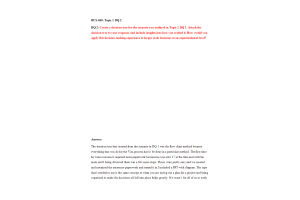

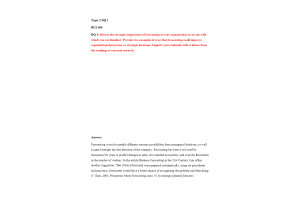
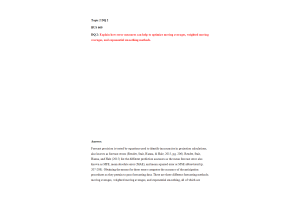
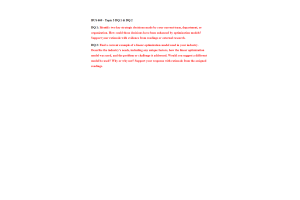
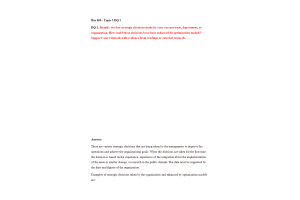
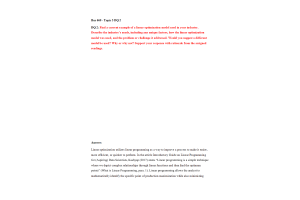
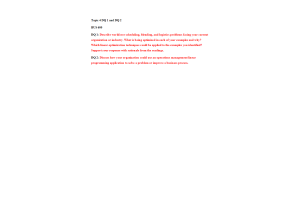
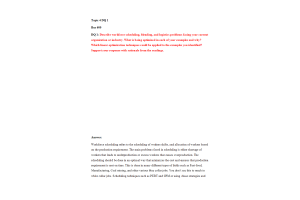
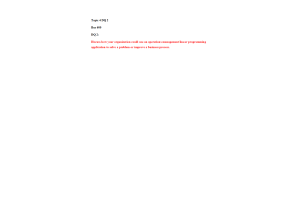
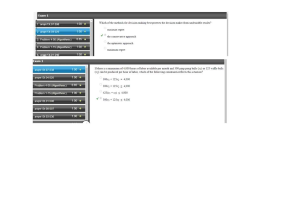
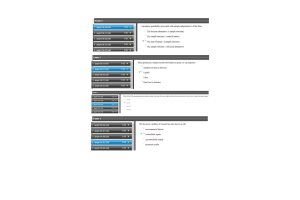

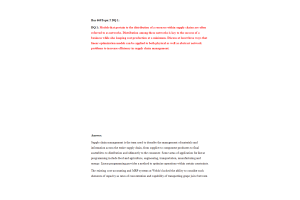
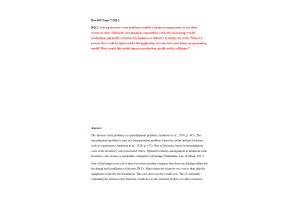
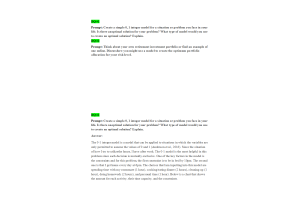
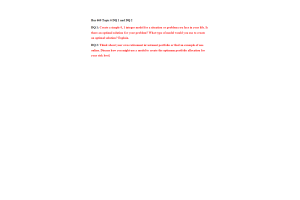
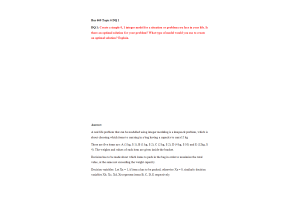
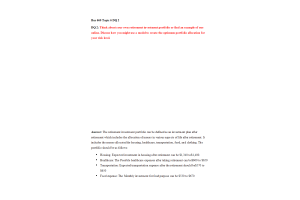

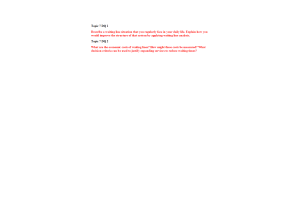
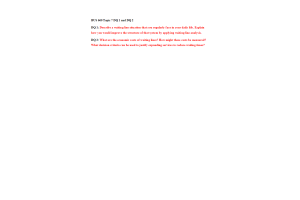


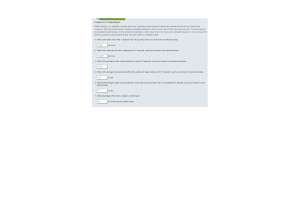
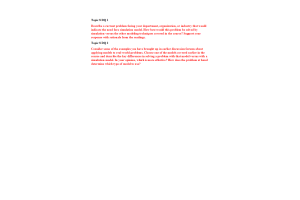

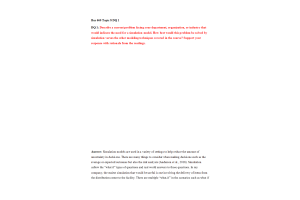

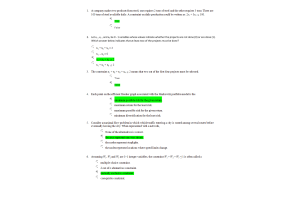

-300x200.png)










